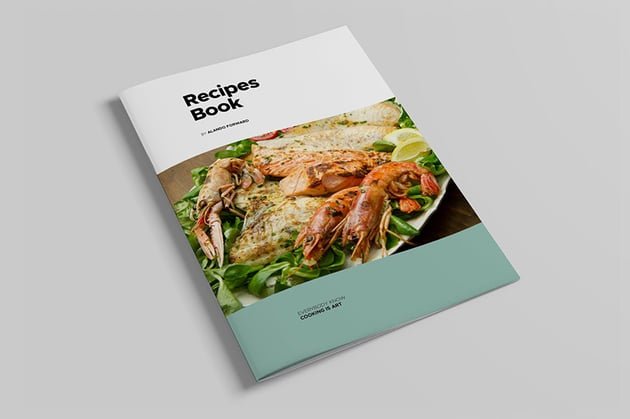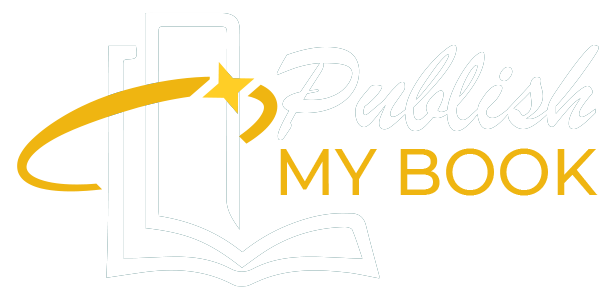
There is something magical about collecting recipes. Every recipe tells a story. It might be the soup you learned from your grandmother on a rainy afternoon, the dessert you created for a friend’s birthday, or the quick meal that became a family favorite after a busy day. Cookbook template Word: Recipes are more than just instructions for cooking. But here is the challenge. Recipes are often scattered. Some are scribbled on paper, others saved in your phone, and a few tucked inside random notebooks. After a while, you might find yourself flipping through countless files or scraps just to find the dish you love.
What if you could bring them all together into one beautiful book? Imagine opening a clean, organized cookbook filled with your personal collection. Not only would it make your life easier in the kitchen, but it would also give you a keepsake that you can share with your family and friends. The good news is you do not need expensive software or professional design skills to create your own cookbook. All you need is a Cook book template Word file. This simple yet powerful tool allows you to take your scattered recipes and turn them into a polished and visually pleasing book. In the following guide, we will explore why using a template is a game changer, how to choose the right design, and how to bring your unique personality into your recipe collection.
Why a Cookbook Template Word File Makes Life Easier
The beauty of using a Cook book template Word file is simplicity. Microsoft Word is something most people already know how to use. With a ready-made template, you do not have to start from scratch. The design is already laid out with sections for recipe names, ingredients, directions, and even space for images if you want to add them. Instead of spending hours formatting fonts, margins, or headings, you can focus entirely on what matters most: your recipes. Templates save time, reduce stress, and give you a foundation that looks professional without any advanced design knowledge.
Adding Personality to Your Cookbook
While a Cookbook template Word file provides structure, the magic happens when you make it yours. Here are a few ways to personalize your cookbook:
- Add family stories: Write a short note under each recipe. It could be about where you learned it, who inspired it, or when it became a family favorite.
- Include photos: Even simple phone photos can make your cookbook feel alive. A picture of a steaming bowl of soup or a decorated cake instantly brings warmth to the page.
- Use creative section titles: Instead of plain labels like “Breakfast” or “Dessert,” give your sections fun names. For example, “Lazy Sunday Brunch” or “Midnight Cravings.”
- Play with colors: Many templates let you adjust colors. Choose tones that reflect your personality or the feeling you want the book to give.
Organizing Recipes Like a Pro
One of the biggest challenges when creating a cookbook is organization. A good Cookbook template Word layout helps you bring order to your recipes. Here are a few tips:
- Group by meal type: Breakfast, lunch, dinner, snacks, desserts.
- Highlight quick recipes: Create a section for easy weekday meals that save time.
- Include seasonal favorites: Mark recipes for holidays, summer cookouts, or cozy winter evenings.
- Add an index: A template makes it easy to build a simple index so you can find recipes quickly.
This structure transforms your cookbook into a tool you will actually use regularly, rather than just a collection of pages.
Perfect for Personal Use or Sharing
A Cookbook template Word file is versatile. You might want a personal recipe book for your own kitchen. Or you might want to create copies to share with loved ones. A personalized cookbook makes a heartfelt gift. Imagine handing a book of family recipes to a newly married couple, or surprising your children with a collection of meals they grew up with.
Because Word templates are editable, you can easily duplicate and adjust your cookbook for different purposes. You can have one version for family recipes and another for your personal culinary experiments.
Saving Time with Ready Designs
Some templates are minimal and clean, while others are colorful and playful. This variety means you can pick a style that matches your personality without having to hire a designer. Once you select your template, all you have to do is insert your recipes. The formatting is already in place. Titles, headers, and ingredient lists align neatly. Page numbers are set. Everything looks polished from the start.
Tips for a Professional Touch
Even though a template does most of the heavy lifting, there are small touches you can add for a professional feel:
- Consistent measurements: Decide if you want to use cups, grams, or tablespoons, and stick to one style throughout.
- Clear instructions: Keep directions short and precise. Readers should not get lost halfway through a recipe.
- Recipe numbering: Number your recipes for easy reference.
- Creative cover page: Use the template’s cover design or make your own with a favorite food photo.
Cookbook Template Word: Turning Recipes Into a Legacy
It is a way of passing on traditions. The pasta recipe from your grandmother, the pie you baked with your mother, or the unique dish you invented yourself all become part of your family’s story. By organizing them in a Cook book template Word file, you create a legacy that others can enjoy long after you first wrote it.
To sum up, recipes connect us to people, places, and moments in life. Creating a cookbook is not about being fancy. A Cookbook template Word file is the simplest and most practical way to do this. It gives you structure, style, and the freedom to add your own creativity. Whether you are building a personal collection for your kitchen, designing a thoughtful gift for family, or even planning to print a small batch for friends, the process can be joyful and rewarding. Instead of letting your recipes get lost in notebooks or forgotten in phone folders, you can turn them into a polished, organized, and beautiful book that you will cherish for years.
